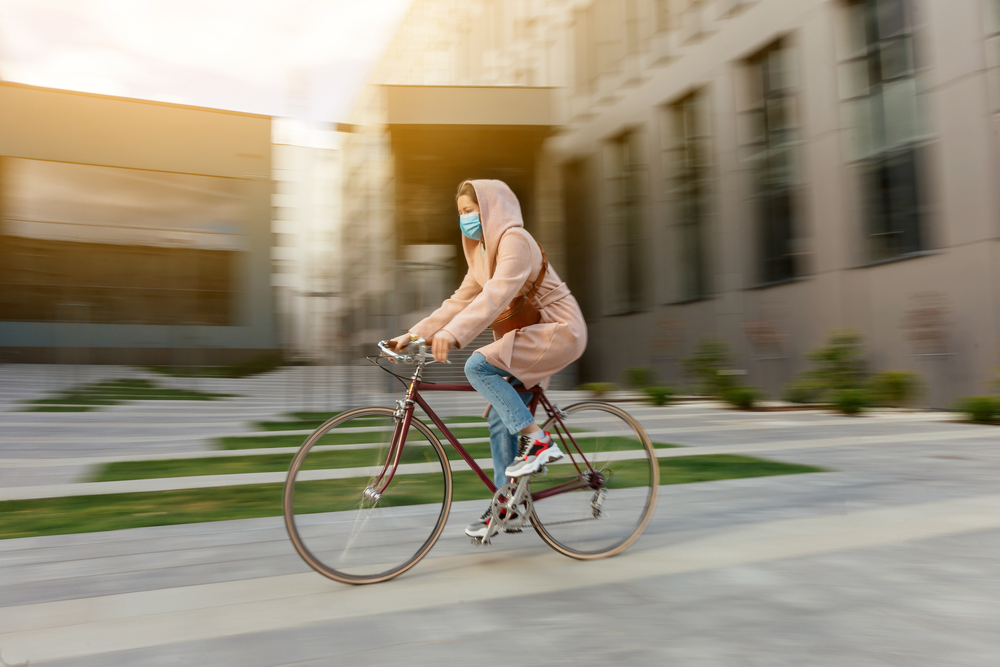As the saying goes, we only know what we have until it’s gone. This is certainly true of our daily commutes to and from our workplaces. While you may have grumbled about sitting in traffic or stepping onto a crowded subway in the past, if you’re still working from home you might find yourself longing for that trek.
Jon Jachimowicz has an explanation for the change of heart. Our commutes serve as buffer time that provides “a temporal and spatial separation between all the different roles we play,” Jachimowicz, an assistant professor of business administration in the organizational behavior unit at Harvard Business School, tells The Washington Post. Getting on our bikes or climbing into the driver’s seat effectively gave us a moment to pause in between being “employee” and “parent” or “partner” or “friend.”
The importance of our daily commute has only been solidified for many of us now that it hasn’t been part of our routines for so long. As we’re working longer hours and struggling to declare an end to the workday, that time we would have spent commuting — and taking a deep breath before carrying on with the rest of the evening — is more appealing than ever.
That’s why you should try a “fake commute.” The practice “can help you reclaim that precious transition time and re-establish the boundaries that have been blurred from working from home,” Angela Haupt writes in The Post. Ideally, your fake commute will look like a walk, bike ride, or even a short drive around the neighborhood, but Haupt suggests meditating, stretching, or doing yoga in your backyard if you don’t have the luxury of leaving the house (hi, parents).
What matters most is that you’re consistent, you take the time to reflect on your day, and use at least some of your “commute” to disconnect from your devices (though we won’t count it if you’re listening to music or streaming an audiobook). With a fake commute, you’ll finally have the mental and physical space to detach from your work and feel more in control of your time and identity.


